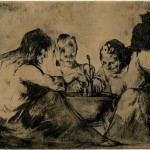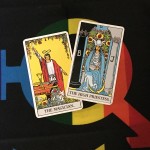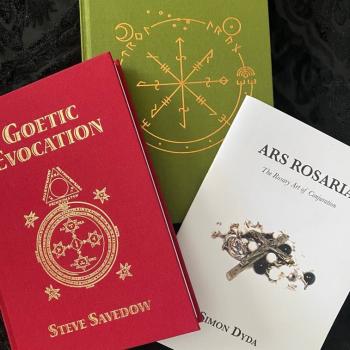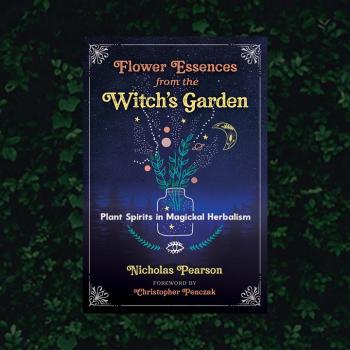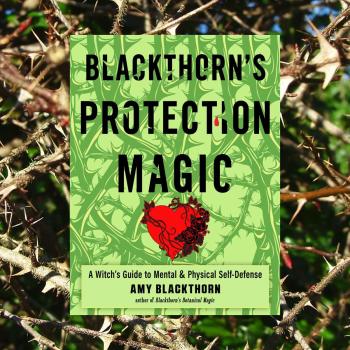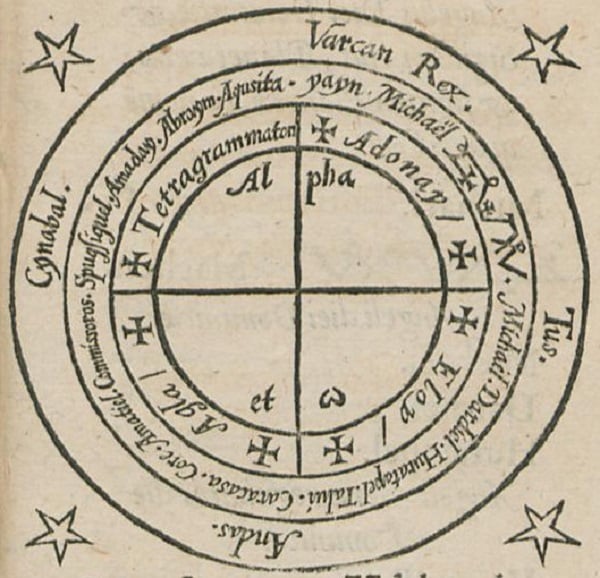
As a solitary practitioner with an eclectic background I have researched various magical traditions from different cultures in an attempt to find a cohesive framework within which to work. I eventually settled on the broad and nebulous practice of what is often called traditional witchcraft. I don’t personally identify with a specific initiatory tradition in that sense, and I also do not deny that modern traditional witchcraft and Wiccan practices both have similar roots in the Modern Witchcraft Revival. I don’t claim any superior tradition or secret knowledge, this is just my practice, and that’s it.
People practice witchcraft for various different reasons. Some practitioners are looking for spiritual enlightenment or connection with the Divine. There are those who practice for personal power and mastery over the self, and those who only believe in helping others. Many practitioners focus on building a relationship with the local nature spirits in their area, leaving offerings under trees and communicating with the plants that they grow. Knowledge is also a great motivator to many magical practitioners. Many of us have an insatiable need to understand the inner workings of the Universe, looking at why we are here and what is our purpose. There are many means of achieving this knowledge through trance work and spirit contact. By making contact with these unseen forces at work in our world, we are able to gain a greater understanding of what is happening all around us.
Many people, myself included are eclectic practitioners, not defining themselves solely by a specific current of magical practice. Much of the information that we have today has been passed down to us through multiple cultural lenses, slightly influenced by the current group attributed to such information. Personally, a lot of my occult studies have centered around examining occult traditions from various cultural backgrounds, tracing their traditions back to the oldest of origins looking for a common underlying current.
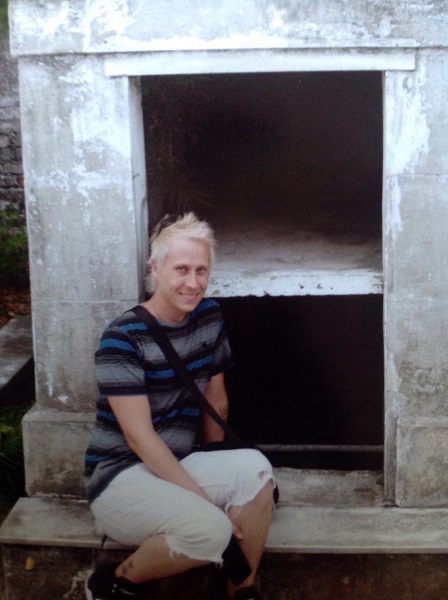
At its most basic and universal, magical practice, without any particular traditional influence is about facilitating partnerships with the unseen forces at work around us by initiating communication. The main motivators behind such spiritual partnerships are knowledge, to learn from one another; power, which goes hand in hand with knowledge, and protection/favor. Humans have been making contact with the spirit world since the beginnings of humanity. Cave paintings from the Paleolithic period are the most ancient example of sympathetic magic. Sympathetic magic sometimes called “low magic” or thaumaturgy, which is magic for non-religious purposes, can be practiced by anyone and we see its presence in the folk-lore of the working class. This type of magic is meant to make one’s life a little easier, through the use of charms, talismans, or incantations.
There is folklore to be found in the local culture of any area, for example many Protestant Christians in the south practice types of Judeo-Christian influenced folk magic called Hoodoo or Conjure. Many devout Catholics in Mexico will visit a curandero for cleansings, readings and other spiritual services. Many of our superstitions have roots in the magical practices of the common folk. These practices use common household ingredients, and easy to find items often with symbolic associations. These practices are maintained alongside their devout Christian beliefs without animosity.
Those of us who feel the call to be witches, mystics, and occultists are not only well-versed in various types of thaumaturgy; we also serve as intermediaries with the unseen. One of the major focuses of witchcraft is to make contact with these forces, the practice of using magic to contact these divine forces is called theurgy, defined as, “the practice of rituals, often magical in nature, performed with the intention of invoking the action or evoking the presence of one or more gods.” (Wikipedia) In my opinion, this can be extended throughout the hierarchy of celestial and terrestrial entities, not solely the realm of gods. There are as many different types of spiritual partnerships as there are human partnerships, and various means of initiating contact.
Some of the ways that I achieve the proper frame of mind for such experiences, are through the different techniques that fall under the traditional witchcraft category. Sabbatic witchcraft practices, which use the imagery of the medieval witches Sabbath, are powerful techniques to achieve gnosis. Through symbolic visualization, and the images evoked by the Sabbath circle, trance states are achieved that bring the sorcerer to the inner spiritual plane where spiritual congress can occur.
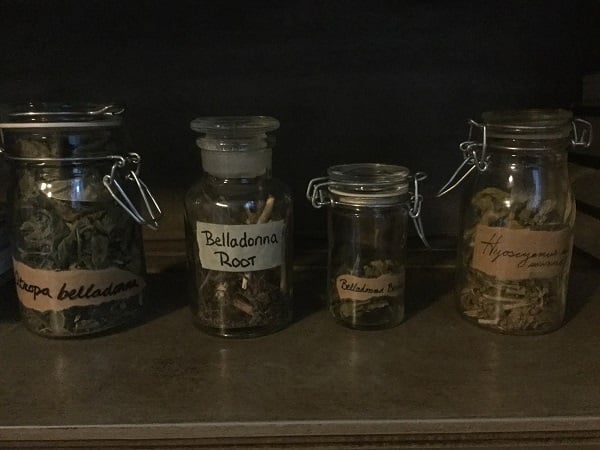
The use of traditional witch’s herbs in ointments and incense are a potent means of achieving spirit flight, and other magical states of consciousness. Not only through the use of the plant’s entheogenic properties, but also through spiritual partnership, can powerful insights into the secrets of the green realm be gained. The poison path offers many lessons to the practitioner that dares to tread the crooked path. Cultivating spiritual relationships by tending to these plants in their living state can teach the witch secrets not found in the pages of books. Secrets that are whispered by the plants themselves as they grow. This knowledge is gained only through time and patience.
A major part of this practice is regularly going to the wild places where spirits dwell, seeking them out in their own environments, earning their trust over time by leaving offerings and regular communication. We are the intermediaries between this world and the next, and it is our job to continue facilitating that relationship, and showing our spiritual brethren the respect they deserve. This includes working with one’s ancestral spirits as well, whether they are ancestors of blood and bone or spirit, it is good practice that they are recognized on a regular basis as well.
As someone who works with the unseen realm and its denizens on a regular basis, I see great value in facilitating spiritual relationships as part of one’s devotional practice. Its not about just doing elaborate offerings to the gods every few months, who might peek in on our lives occasionally; but also keeping active and meaningful relationships with the spirits that influence our lives on a daily basis, such as the ancestors and genus loci of the land. As physically incarnated entities that traffic in the world of spirit, I think it is smart to make as many friends as possible because you never know when you could use their help.

